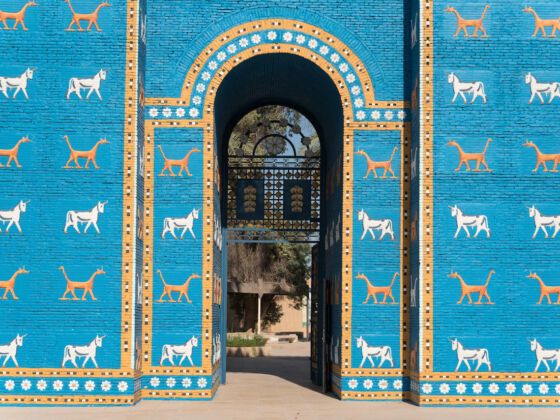Tourists…in Iraq?
In case you haven’t heard, three American travelers were recently detained in Iran after inadvertently crossing the border during a hike in northern Iraq.
Apart from sparking some intense debate here on Matador about what the appropriate reaction should be, it’s caused many to ask the obvious question: “Why would anyone willingly travel to Iraq?”
